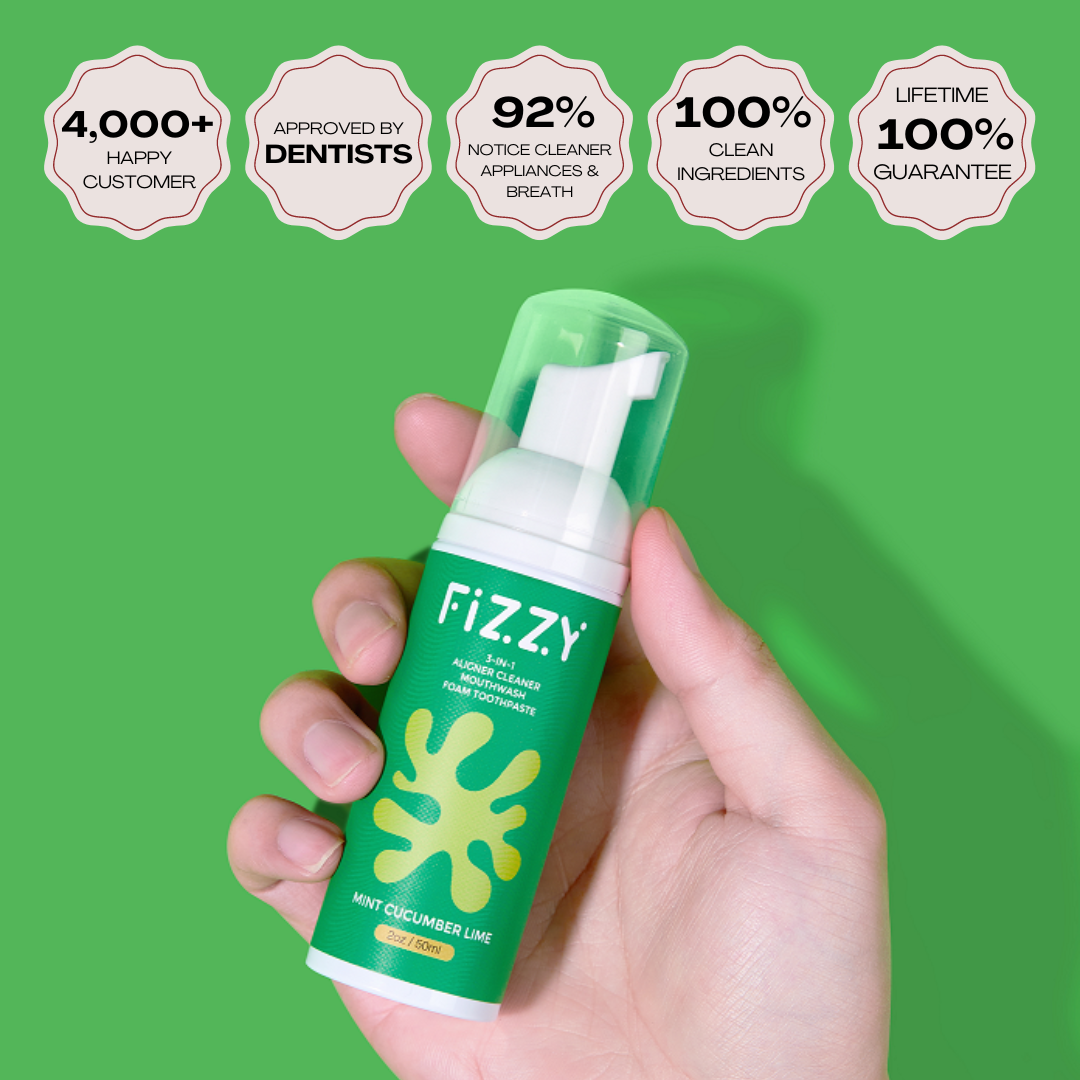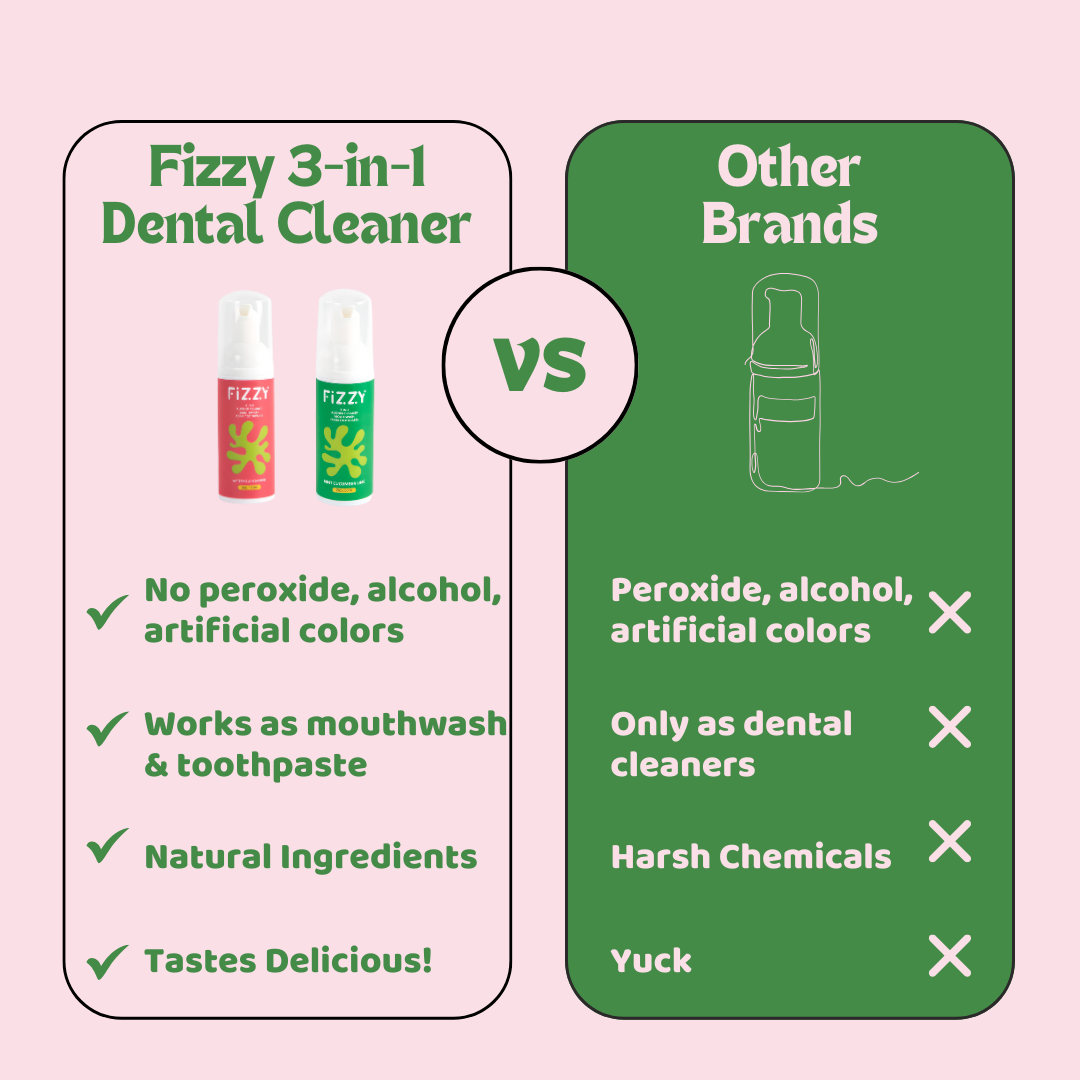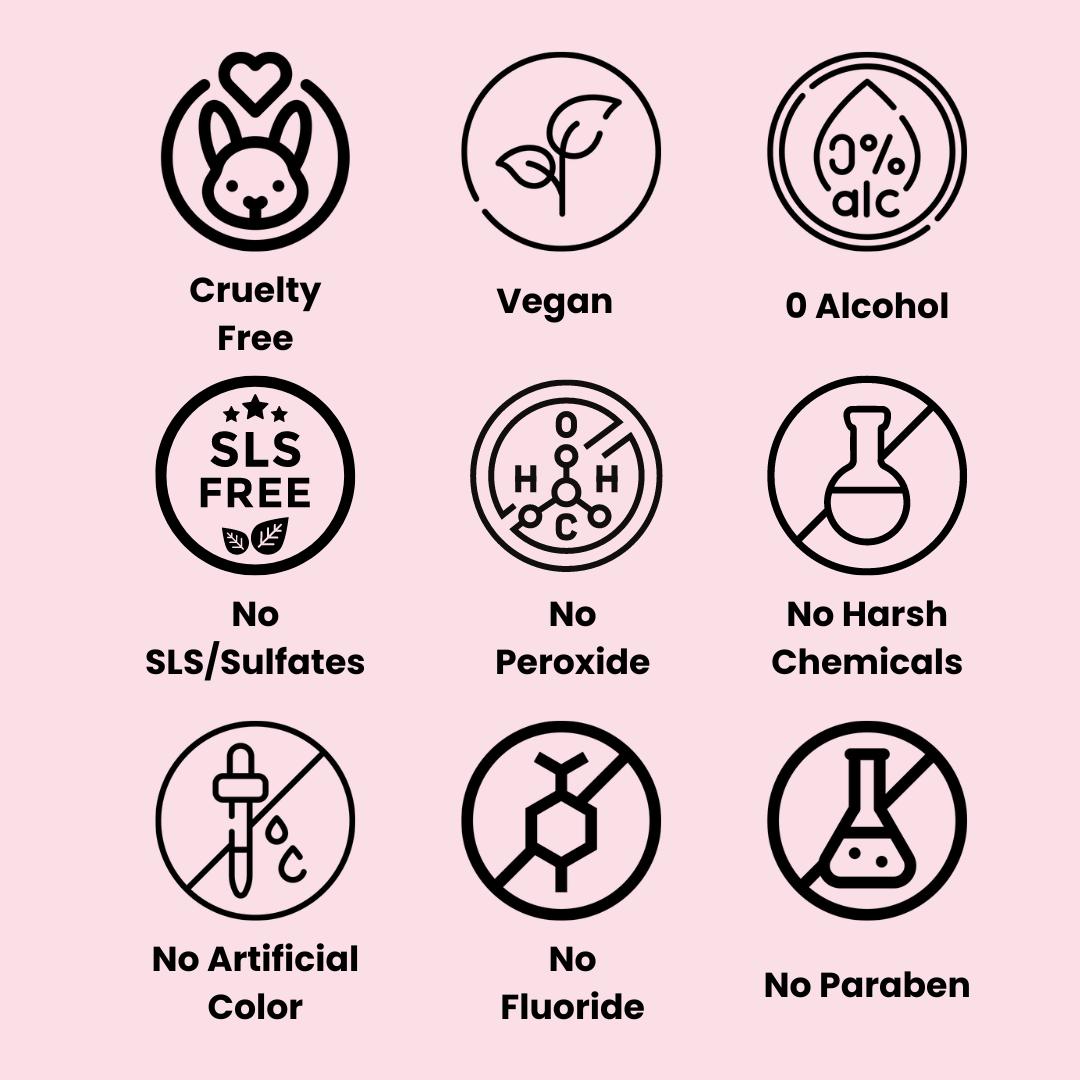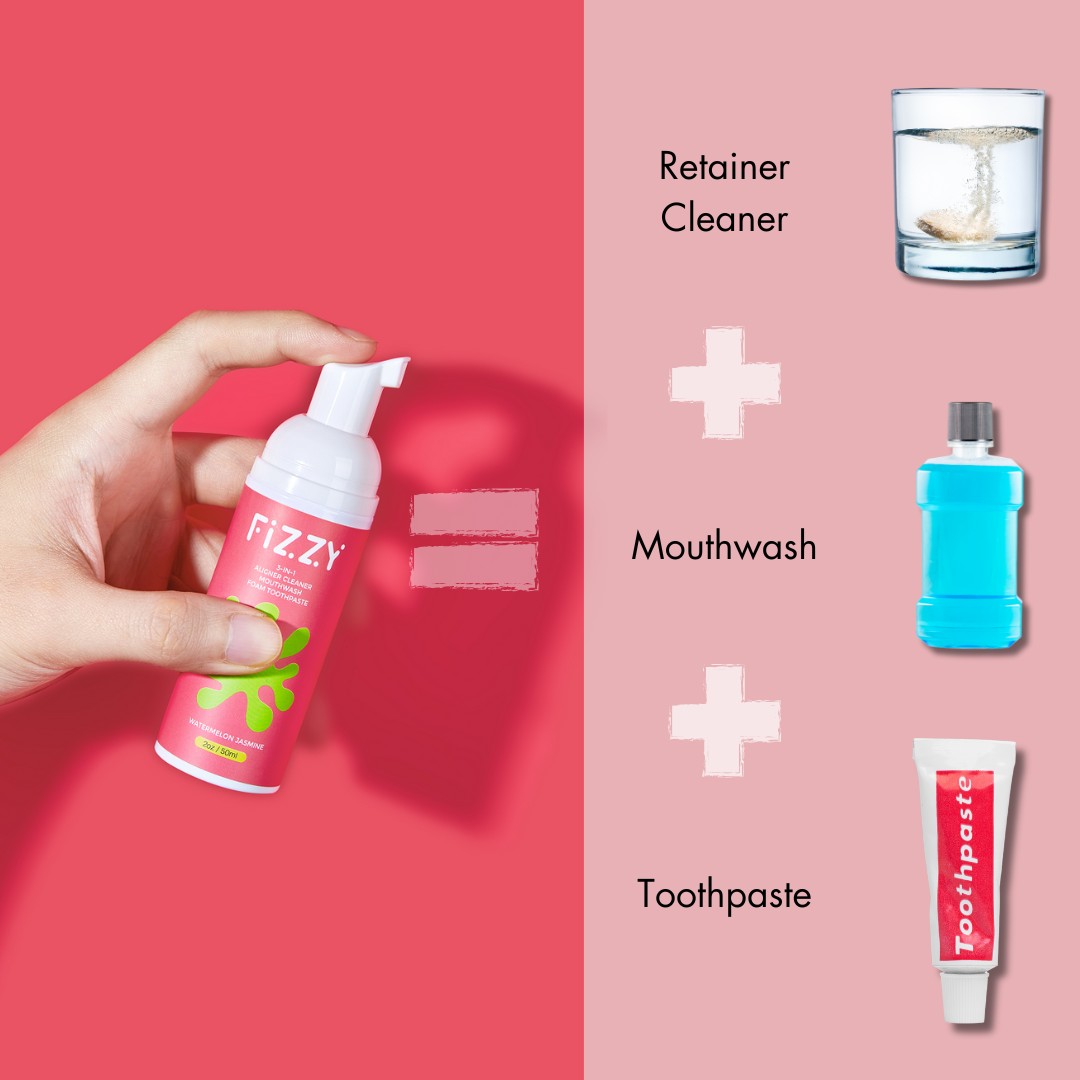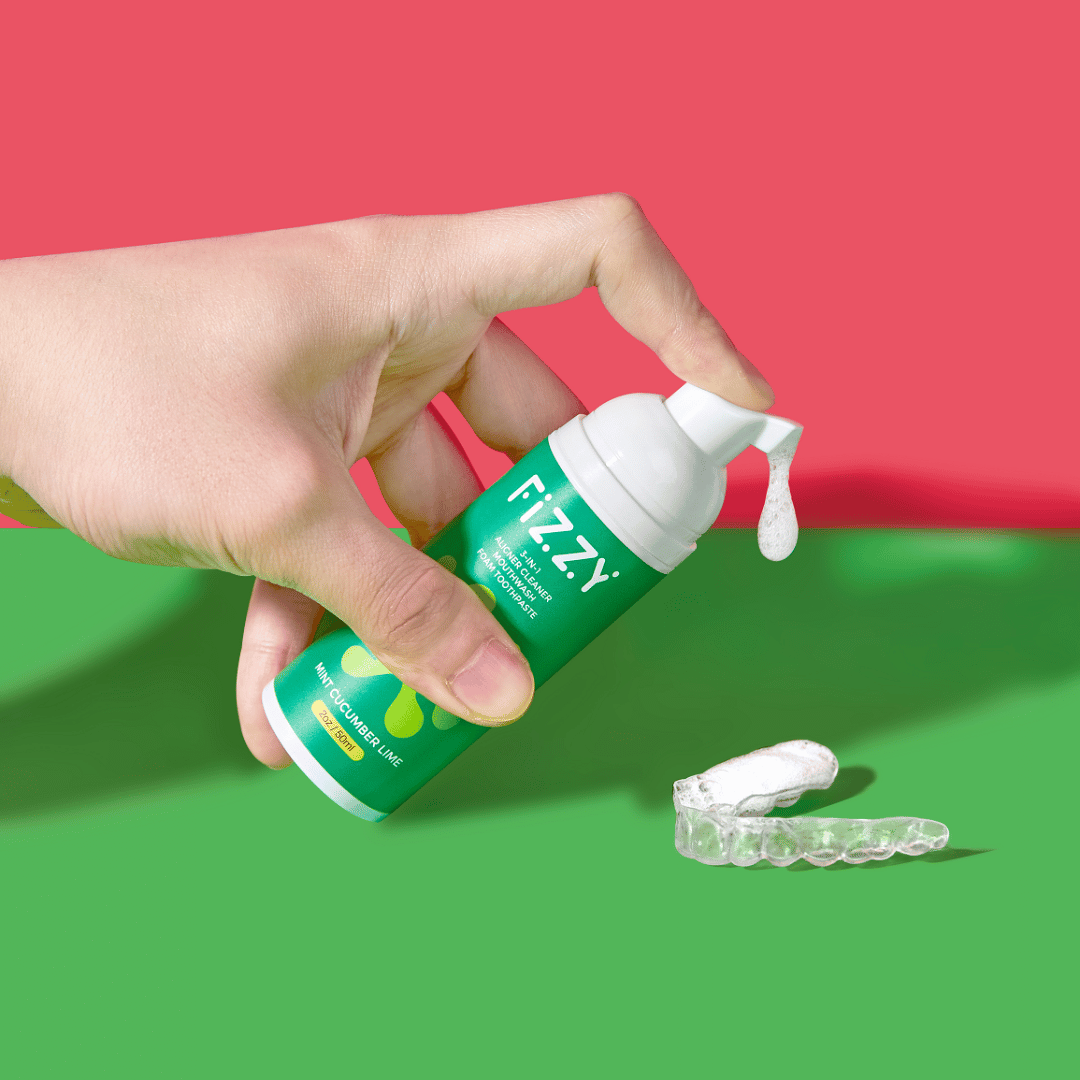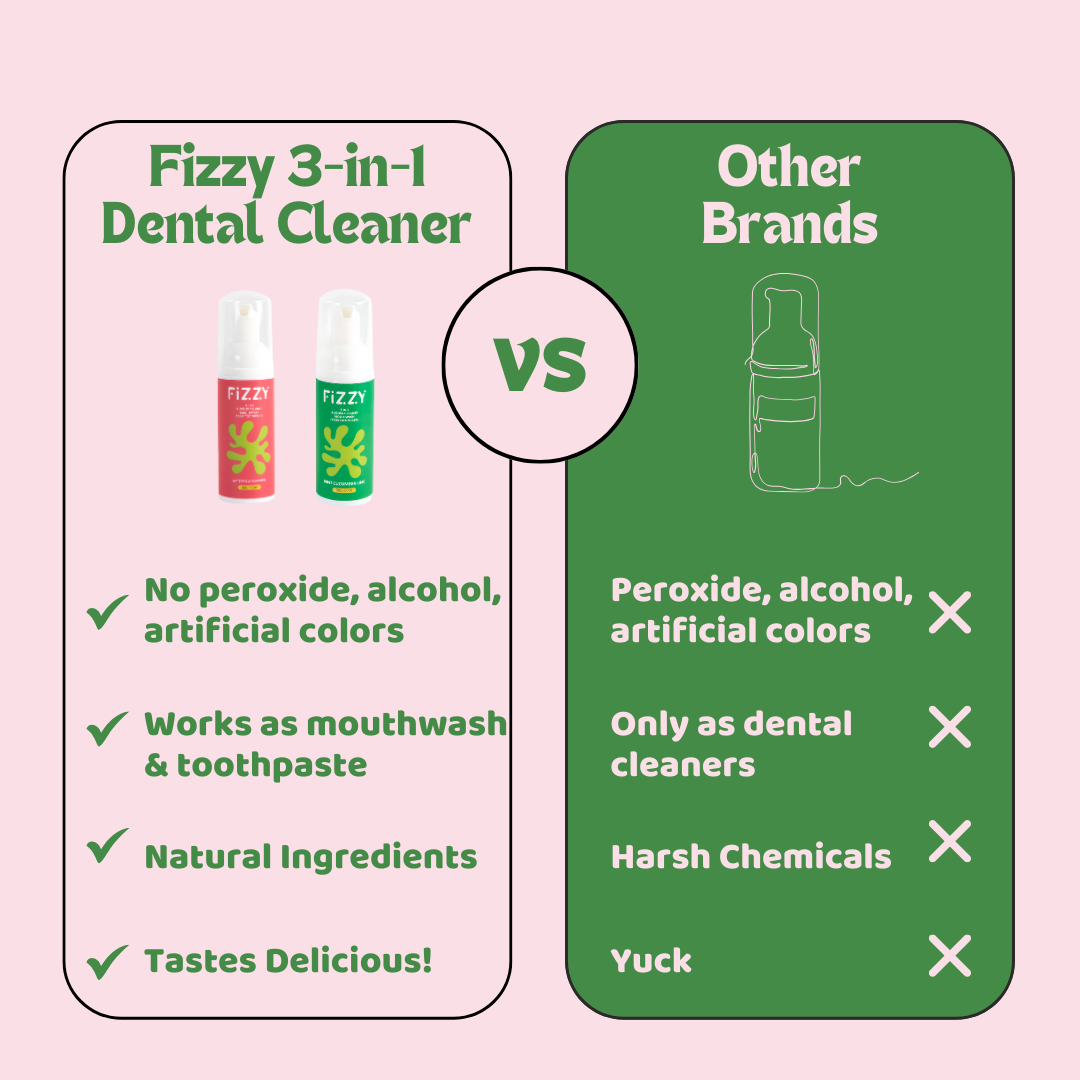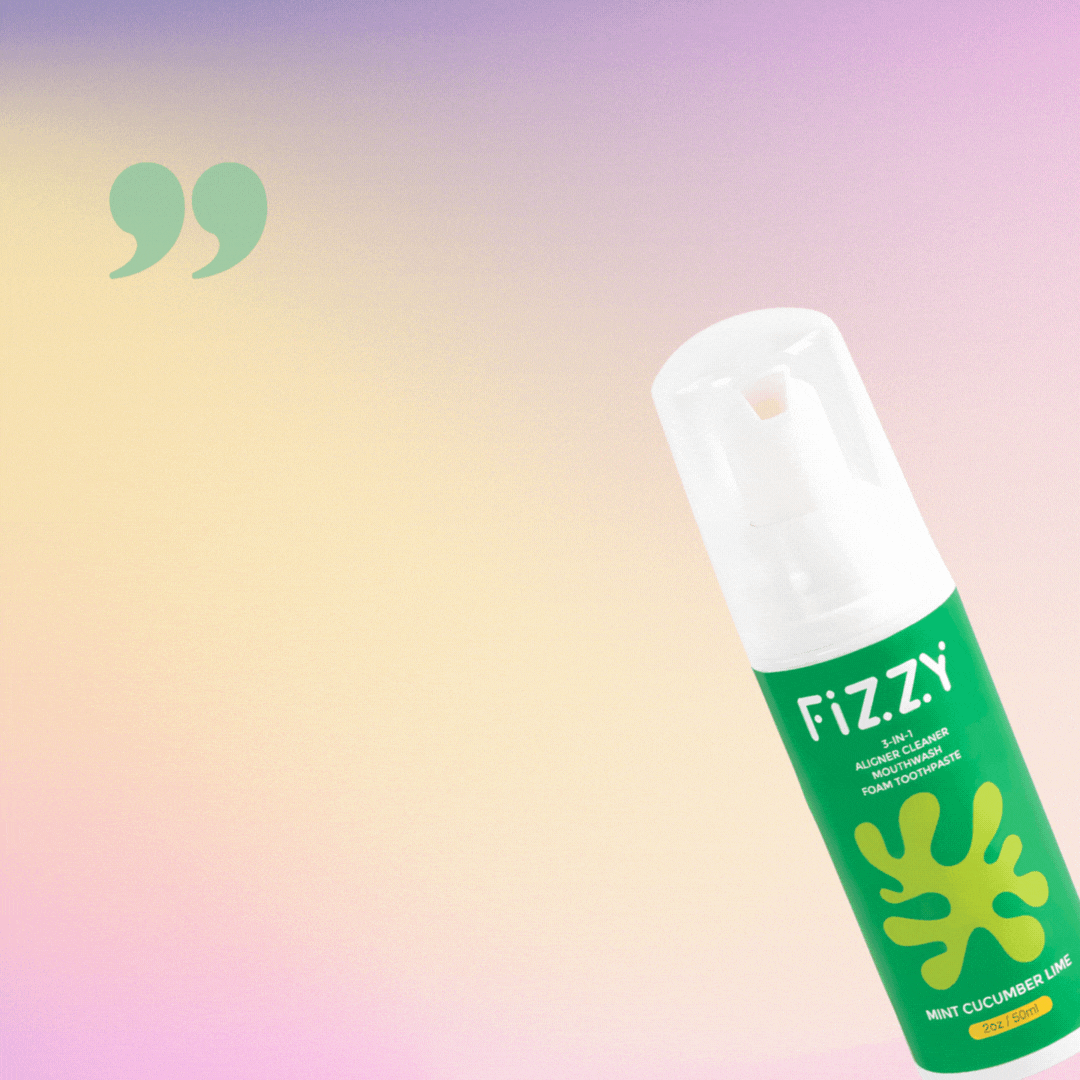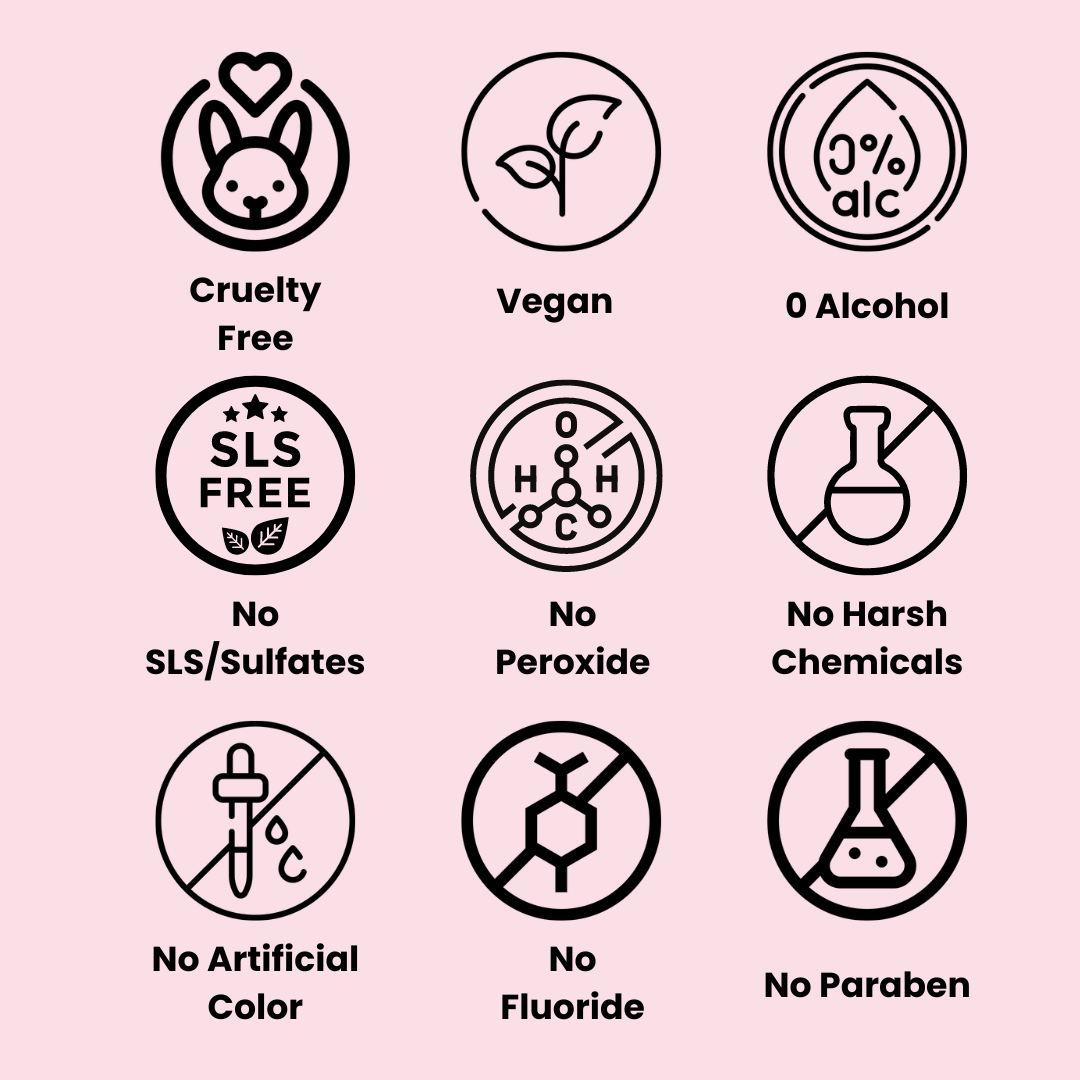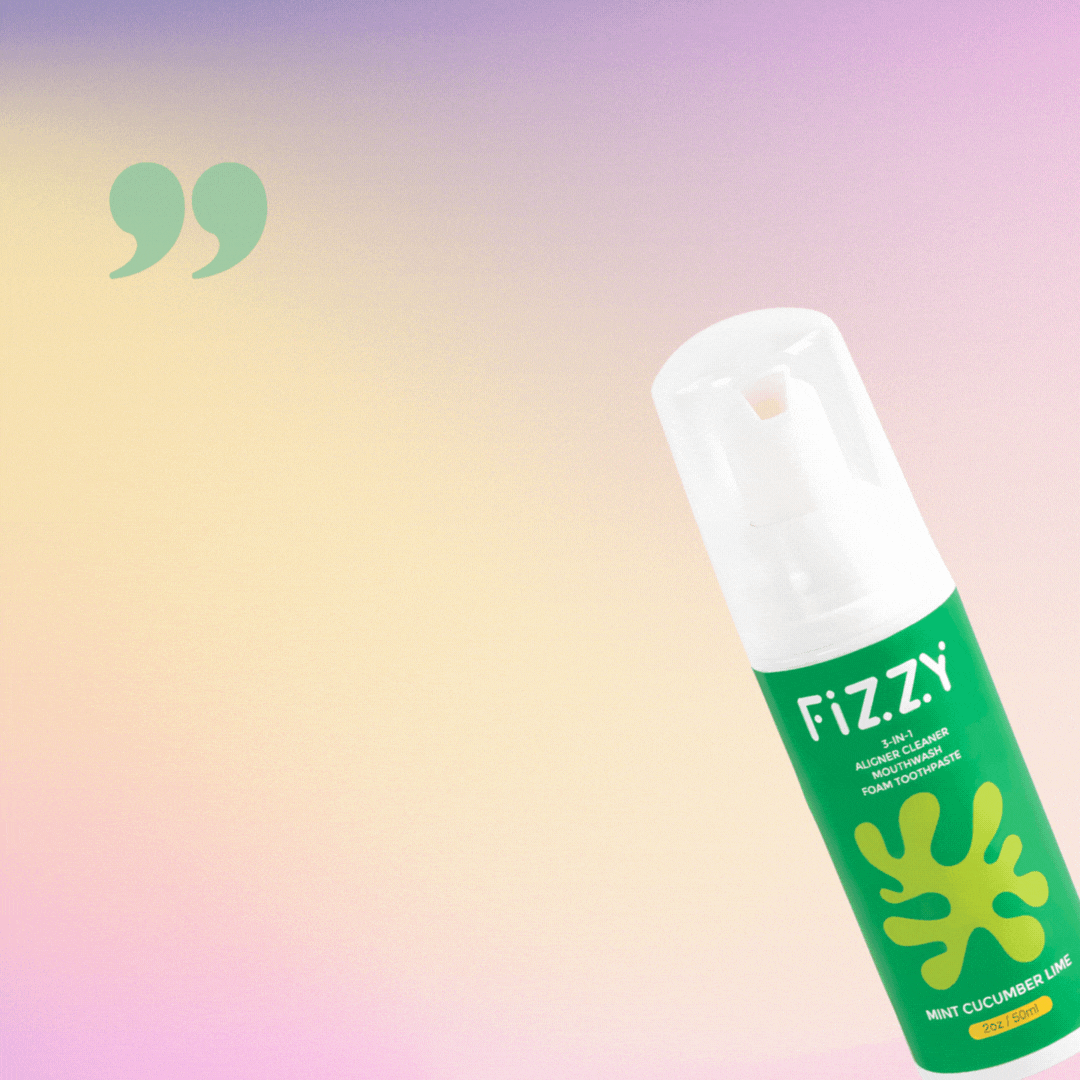I Lost My Retainer. What Do I Do?
Inside this Article:
- TL; DR I lost my retainer. What should I do?
- What I can use instead?
- Why Can’t I trust the DIY retainers?
- What would happen to my teeth without wearing retainer?
- How much does a new retainer cost?
- How long does it take to make a retainer
- Can I get a new retainer from a different orthodontist
- What can you do to prevent losing your retainer?
- Other Retainer Care Tips
- Summary
Imagine this: you've invested months of dedication and effort into achieving that perfect smile. You diligently wore clear aligners or braces, and now when you gaze at your reflection, you can't help but feel a sense of pride. But hold on! There's a twist in this tale. Disaster strikes as you discover that you lost your retainer! Your retainer broke! Panic sets in. How will you maintain your hard-earned results? Before you surrender to frustration, take a deep breath and dive into this article. We'll guide you through the steps to take if you've lost your retainer, ensuring that your smile stays as flawless as ever.
TL; DR I lost my retainer. What should I do?
Call your orthodontist’s office to get a replacement retainer. In the meanwhile, if you still have your last Invisalign tray, you could use them as a temporary solution until the new retainer arrives. DO NOT use the DIY retainers at home.
What I can use instead?
Using the last tray of Invisalign as a temporary retainer when you have lost your retainer is a potential option in certain situations. Here are a few reasons why this may be considered:
- Similar design: The last tray of your Invisalign treatment is designed to fit your teeth and provide some level of alignment retention. It shares similarities with a retainer in terms of its shape and function.
- Moderate retention: The last tray can offer a moderate level of retention, helping to prevent immediate shifting of the teeth. While it may not provide the same level of retention as a dedicated retainer, it can help maintain the current position of your teeth temporarily.
- Availability: If you have lost your retainer, using the last tray as a temporary solution allows you to maintain some level of retention until you can obtain a replacement. It provides a short-term option to prevent significant movement of your teeth while you make arrangements with your orthodontist.
- Cost-effective: Using the last tray as a temporary retainer can be a cost-effective solution, especially if you need time to arrange for a replacement retainer.
However, it's important to note that this is not a long-term solution. The last tray of Invisalign treatment is not specifically designed or intended to function as a retainer. It may not offer the same durability or retention as a dedicated retainer. Therefore, it is essential to contact your orthodontist as soon as possible to discuss your situation and obtain a proper replacement retainer.
Be cautious with over-the-counter options: Over-the-counter products, such as DIY retainer kits or mouthguards, are not recommended as a long-term substitute for a professionally fitted retainer. They may not provide the necessary support and alignment maintenance required.
Why Can’t I trust the DIY retainers?
DIY retainers made in various ways, such as manipulating mass-produced mouth guards or using rubber bands and other items, are not recommended for several reasons. Firstly, these methods lack the precision and customization that a professionally made retainer provides. Each individual's orthodontic needs are unique, and a DIY approach cannot address these specific requirements effectively. Improperly fitting retainers can lead to discomfort, ineffective teeth alignment, and potential damage to your teeth and gums.
Additionally, DIY retainers do not undergo the same rigorous testing and quality control as professionally made retainers. They may not meet the necessary safety standards and can pose risks to your oral health. Orthodontists undergo extensive training to ensure the accuracy and effectiveness of orthodontic treatment, including the design and fabrication of retainers.
Furthermore, attempting DIY techniques without professional guidance can result in further complications and setbacks. Orthodontic treatment requires careful monitoring and adjustments to ensure the desired outcome. Only a qualified orthodontist has the knowledge and expertise to assess your progress accurately and make necessary modifications to your treatment plan.
What would happen to my teeth without wearing retainer?
If you lost your retainer and it takes time to get a replacement. You might be wondering: How long does it take teeth to shift without retainer? How fast do teeth move without retainer? And maybe you lost your retainer months ago or you haven’t been very compliant on wearing retainer. Here’s what’s going to happen to your teeth if you haven’t worn retainer for a while.
The speed at which teeth shift without a retainer can vary from person to person. It depends on factors such as the individual's age, the amount of shifting needed, and the natural tendency of their teeth to move.
Within a span of 2-3 days without wearing a retainer, you are less likely to notice significant changes in the alignment of your teeth. However, it's important to be aware that some minor shifting may still occur during this time frame, especially in the front teeth.
After a week without wearing a retainer, you may start to notice minor changes in the alignment of your teeth. The most common initial shifts involve the front teeth, which have a tendency to move more easily compared to other teeth. These changes may include slight rotations, crowding, or gaps between teeth.
After 2-3 weeks without wearing a retainer, you may start to notice more significant changes in the alignment of your teeth. Without the retainer's stabilizing effect, the natural tendency of teeth is to gradually shift back towards their original positions. During this timeframe, you may observe noticeable shifts in tooth alignment, including rotations, crowding, or gaps between teeth. These changes can be more pronounced compared to the shifts that occur within a few days without a retainer.
After 1-2 months without wearing a retainer, you may observe more noticeable and potentially significant changes in the alignment of your teeth. Without the consistent use of a retainer, the teeth have a higher likelihood of shifting back towards their original positions. During this time frame, you may experience rotations, crowding, spacing, or other misalignments of the teeth. The degree of shifting can vary depending on factors such as your individual dental anatomy, the amount of previous orthodontic treatment, and the natural stability of your teeth.
How much does a new retainer cost?
The cost of a new retainer can vary depending on several factors, including the type of retainer, the region or country you are in, the specific orthodontic practice, and any additional procedures or adjustments required. It's best to consult with your orthodontist or contact different orthodontic practices in your area to get an accurate estimate of the cost.
Here are some general cost ranges for different types of retainers:
- Hawley Retainer: This is a traditional retainer made of acrylic and metal wires. The cost for a Hawley retainer can range from $200 to $500 or more, depending on the materials used and any additional adjustments needed.
- Essix Retainer: This is a clear, removable retainer made of thin plastic. The cost for an Essix retainer is typically in the range of $200 to $400, although it can vary.
- Bonded Retainer: A bonded retainer is a permanent retainer that is attached to the back of your teeth. The cost for a bonded retainer can range from $300 to $600 or more, depending on the complexity and length of the retainer.
How long does it take to make a retainer
Online retainer provider:
On average, the production time for a new retainer with online providers ranges from 1 to 2 weeks. This includes the time needed for the provider to receive and process your dental impressions or scans, fabricate the retainer in their dental lab, and prepare it for shipment.
An orthodontist nearby
If you can get an appointment with your orthodontist, it is possible to have a new retainer made within a shorter timeframe, typically ranging from 20 to 30 minutes. Having a lab on site allows for immediate fabrication of the retainer, eliminating the need to send it to an off-site laboratory.
The process can be expedited in the following way:
- Impression: Your dentist will take an impression of your teeth using a putty-like material or digital scanning system, just as in the regular process.
- In-house fabrication: With the on-site dental lab, the dentist or dental technician can use the impression to create a model of your teeth swiftly.
- Retainer fabrication: Using the model, the retainer can be fabricated using the prescribed materials, such as clear plastic or wire, in a shorter span of time compared to sending it to an external lab.
- Adjustments: The retainer can be further adjusted and refined to ensure a proper fit and comfort, if necessary.
Can I get a new retainer from a different orthodontist
Yes, it is possible to obtain a new retainer from a different orthodontist. If you have lost your retainer or require a replacement, you can seek the assistance of a different orthodontist who is willing to provide you with a new retainer.
What can you do to prevent losing your retainer?
To prevent losing your retainer, here are some tips:
- Establish a routine: Make wearing and caring for your retainer a part of your daily routine. Designate specific times and places for removing and storing your retainer, such as after meals or when brushing your teeth.
- Always store it properly: When you remove your retainer, immediately place it in its designated case. Avoid placing it in napkins, tissues, or loose pockets where it can easily get lost or damaged.
- Keep it in a safe spot: Choose a consistent and secure location to store your retainer when you're not wearing it. Consider keeping it in a designated spot in your bedroom or bathroom, away from areas where it can easily be misplaced or accidentally discarded.
- Avoid wrapping it in a napkin or tissue: It's easy to forget and accidentally throw away a retainer wrapped in a napkin or tissue. Always use the provided retainer case or a designated container to store it.
- Be mindful during meals: When eating outside or in public, be cautious not to accidentally discard your retainer along with food waste or disposable items. Develop a habit of checking for your retainer before disposing of any materials.
- Be aware during cleaning routines: If you remove your retainer to clean it, be attentive and avoid placing it near the sink or on a tissue where it can be easily overlooked or accidentally thrown away.
- Communicate with others: Inform your family members or roommates about the importance of your retainer and ask them to respect and be mindful of its presence. Encourage open communication to prevent accidental loss.
- Regularly check the case: Before leaving home or changing locations, double-check that your retainer is securely stored in its case. This habit can help ensure that you don't inadvertently leave it behind.
- Travel with care: When traveling, always keep your retainer in your carry-on luggage or personal bag. Avoid placing it in checked baggage, as it increases the risk of loss or damage.
- Keep it away from pets: Ensure your retainer is stored in a secure place away from pets. Pets may be attracted to the retainer due to its smell or texture, and they can chew or damage it.
By incorporating these preventative measures into your daily routine, you can significantly reduce the chances of losing your retainer and keep it safe and secure.
Other Retainer Care Tips
- Clean your retainer daily: Follow your orthodontist's instructions for cleaning your retainer. Generally, you can use a soft-bristle toothbrush and Fizzy retainer cleaner to gently brush and clean your retainer. Rinse it thoroughly with cool water afterward.
- Avoid hot water and harsh chemicals: Hot water can warp or damage your retainer, so always use cool or lukewarm water for cleaning. Additionally, avoid using harsh chemicals, such as bleach or alcohol-based mouthwash, as they can degrade the retainer material.
- Handle your retainer with clean hands: Before touching your retainer, ensure your hands are clean to prevent transferring bacteria or dirt onto it. Wash your hands thoroughly with soap and water before handling your retainer.
- Replace your retainer as recommended: Over time, retainers may wear out or become less effective. Follow your orthodontist's guidelines for retainer replacement, and if you notice any signs of damage or wear, consult your orthodontist promptly.
- Be mindful of oral hygiene: Maintain good oral hygiene practices by brushing and flossing your teeth regularly. This helps prevent plaque buildup, which can affect the cleanliness of your retainer and oral health overall.
Summary
Losing or breaking your retainer can be a stressful situation after investing time and effort into achieving a perfect smile. While using the last tray of Invisalign as a temporary retainer is an option in certain situations, it is not a long-term solution. DIY retainers made from mass-produced mouth guards or other items should be avoided due to their lack of precision, customization, and potential risks to oral health. Without wearing a retainer, teeth can gradually shift back to their original positions over time. To obtain a new retainer, contacting your orthodontist is recommended, and the cost and production time can vary depending on the type of retainer and the provider. Preventing the loss of a retainer can be achieved by establishing a routine, properly storing the retainer, and being mindful during meals and cleaning routines. Regularly checking the retainer case, communicating with others, and being cautious during travel can also help prevent loss. Additionally, it is important to clean the retainer daily, handle it with clean hands, replace it as recommended, and maintain good oral hygiene.
Reference:
https://aaoinfo.org/whats-trending/taking-care-of-retainers/




